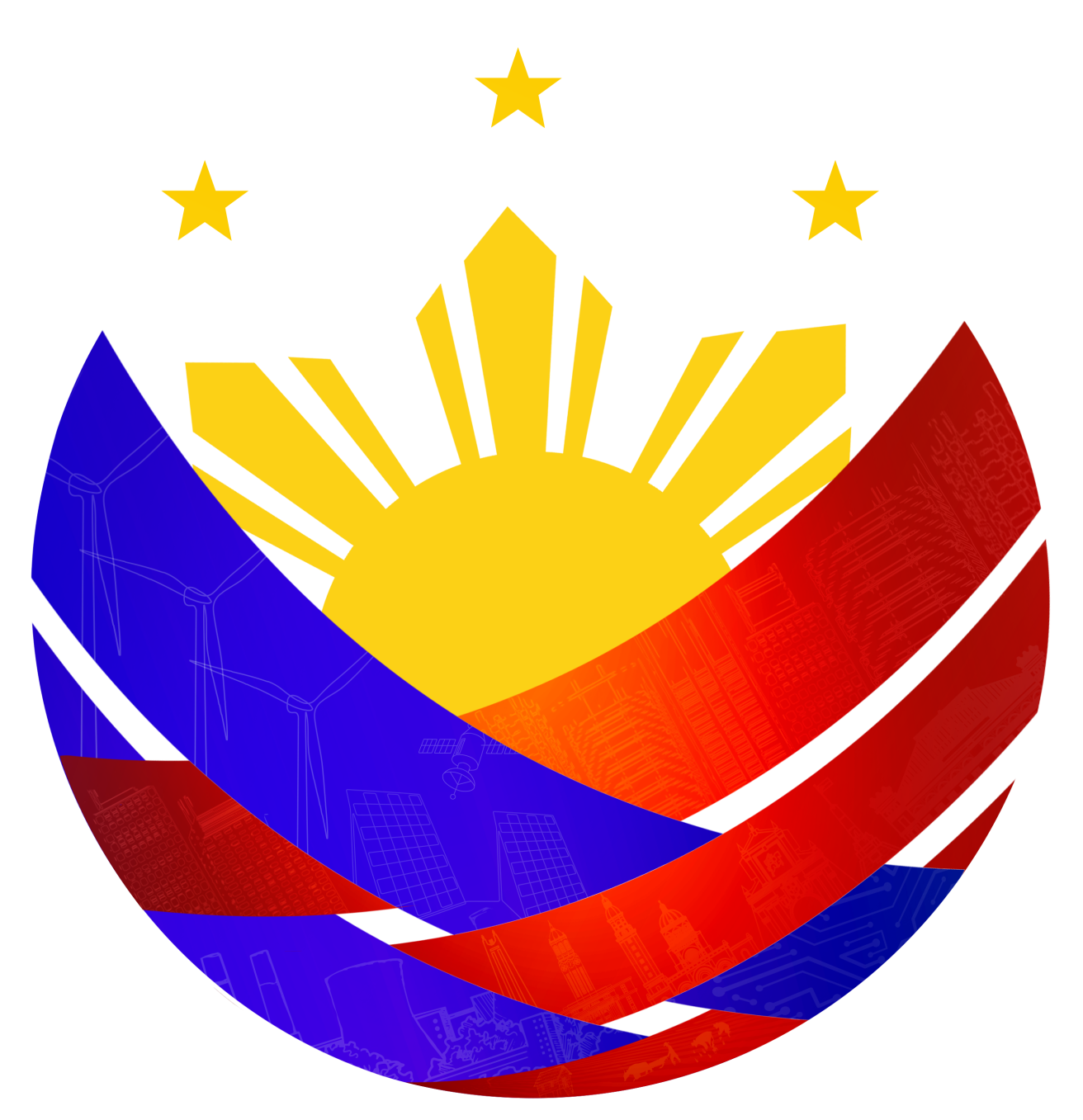
Province of Davao de Oro
Davao de Oro, formerly known as Compostela Valley, is a province in the Davao Region (Region XI) of Mindanao. It spans 4,560.09 km² and is composed of 11 municipalities and 237 barangays, with Nabunturan as the capital. The province is rich in gold and other mineral resources, earning it the name 'Golden Province of the Philippines.'
History
Davao de Oro was created on March 7, 1998, under Republic Act No. 8470 after being carved out from Davao del Norte. Originally called Compostela Valley, it was renamed Davao de Oro in 2019 following Republic Act No. 11297 and a plebiscite. Historically, it was part of the vast Davao Province, inhabited by indigenous groups such as the Mandaya, Mansaka, and Dibabawon. The province grew through migration and agricultural development and is today known as a major gold-producing area.